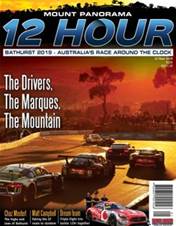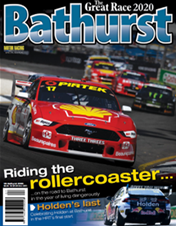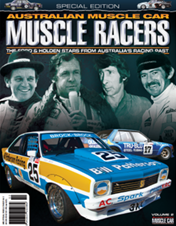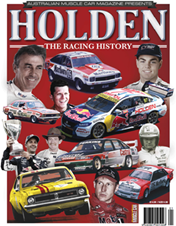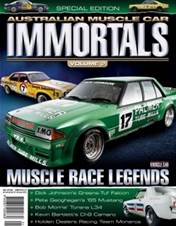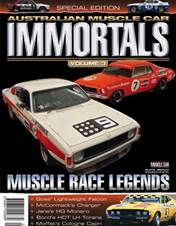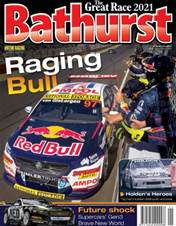A by-product of the Australian car manufacturing industry’s wind-down is a growing appreciation for the scores of locally-built models produced here for well over a century.
We can be proud that our country has been one of the few to design and produce vehicles from scratch. It began with the ultra-low volume Tarrant in the early 1900s and will end with either the Holden Commodore or Toyota Camry some time in the next 18 months.
While Camry hasn’t suddenly become more desirable to car enthusiasts in the wake of the depressing shutdown news of 2013, it does sit at the end of a long, diverse and often surprising list of models lovingly built or assembled by Aussies. Makes to be built in local factories in the past include Standard, Triumph, Rambler, Mercedes-Benz, Leyland, Morris, Chrysler, Mitsubishi, Nissan/Datsun, Renault, Peugeot, Hillman, Humber, Singer, Volkswagen and Volvo.
The three remaining manufacturers at the time of writing all have the distinction of exporting cars in significant volumes to overseas markets.
Ford was the first major manufacturer to set up shop locally and the Geelong-based operation has been a source of vehicles for other Blue Oval outpost countries, including South Africa.
The history of Ford in South Africa dates back to 1904 when the first Ford sold outside North America arrived in Johannesburg. Twenty years later an old wool packing shed in Port Elizabeth was converted to a Model T assembly plant. Kits were sourced from Ford’s Canadian factory rather than the USA due to more favourable taxes and duties afforded to Commonwealth countries.

In 1933, Ford South Africa, a subsidiary of Ford Canada like the Blue Oval’s Australian business, was formed. And just like in Australia, the Africans, where there was a viable business case, were able to cherry-pick models from Ford globally to cater for local demands.
Those demands, of course, largely mirrored trends in other developed countries significantly influenced by European and North American tastes. The influence of the Brits meant that South Africa went with right-hand drive cars and Ford’s offerings became decidely Pommy in flavour. Thus, the Fords plying the roads of Cape Town, Durban and Johannesburg in the 1960s were mostly of the Anglia, Prefect, Consul and Zephyr variety. Nonetheless, the Dutch influence saw the Taunus imported from the Netherlands and converted to RHD.
With considerable distances to cover, including in high-altitude areas, there was also a significant demand for larger, more powerful sedans, with North American-built Falcons imported to South Africa. And through the 1960s a succession of Thunderbirds, Galaxies, Fairlanes and Mustangs also made their way there. So too, by the end of the decade, did the six-cylinder Falcon sourced from Australia, but badged as a Fairmont.
Not surprisingly, by the late 1960s the demand for performance cars from a growing youth market mirrored what was happening in other developed countries. Which is how a mildly-facelifted version of Holden’s first generation Monaro, marketed as a Chevrolet SS, came into being.

On the racetrack, saloon car events were becoming increasingly popular through the 1960s, just as they were in Australia. The likes of Bobby Olthoff, Basil van Rooyen and Koos Swanepoel were helping to fuel the aforementioned demand by battling it out in Galaxies, Lotus Cortinas and, before long, Mustangs. Van Rooyen (who would race for Bill Patterson Racing at Bathurst in 1977) would be a central figure when V8 engines found their way into small cars, courtesy of low-run homologation specials for the road such as the ‘Little Chev’ Firenza V8.
The ultimate South African ‘big into little’ muscle car – the Capri Perana V8 – came on stream for 1971 courtesy of local tuner and Ford dealer Basil Green Motors.

You have reached an article available exclusively to Premium members.
JOIN FROM AS LITTLE AS $6.66 A MONTH* FOR INSTANT ACCESS.
Already a member? Log in
* Billed annually at $79.90


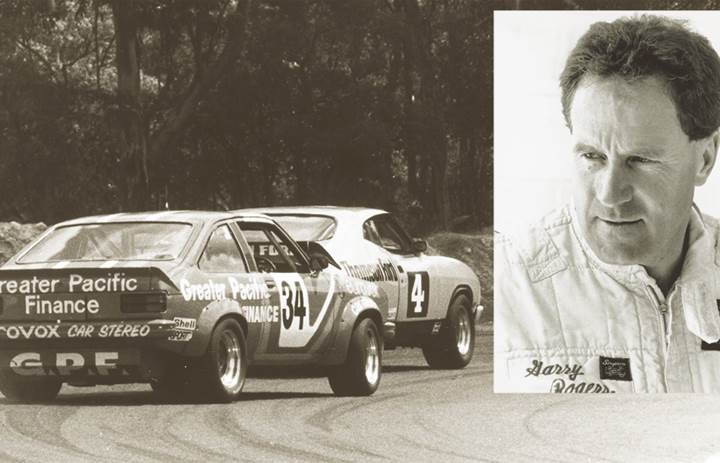


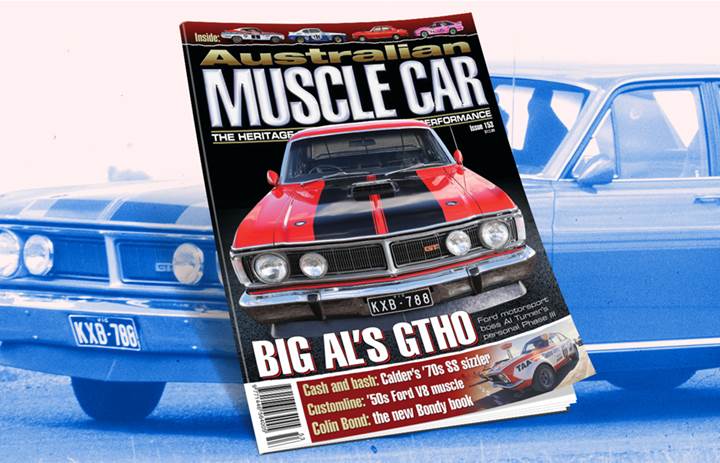
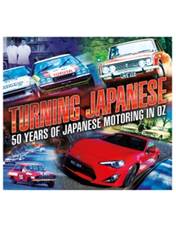
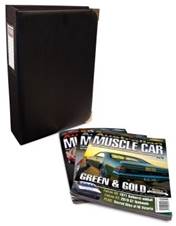


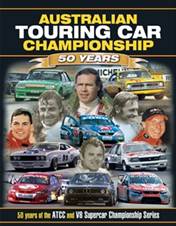

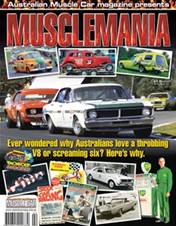
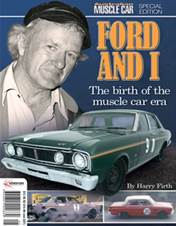
.jpg&q=70&h=226&w=176&c=1&s=1)
